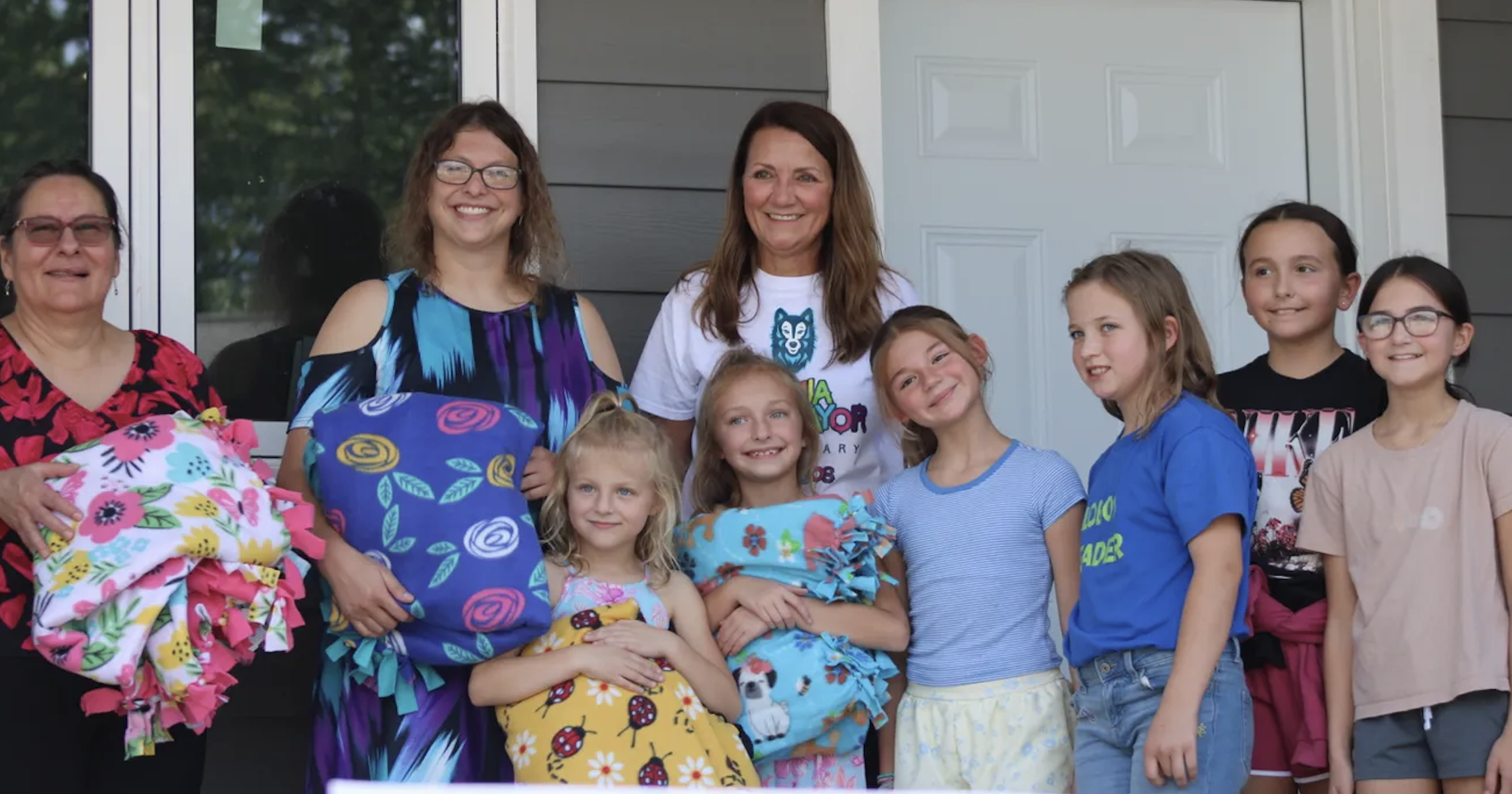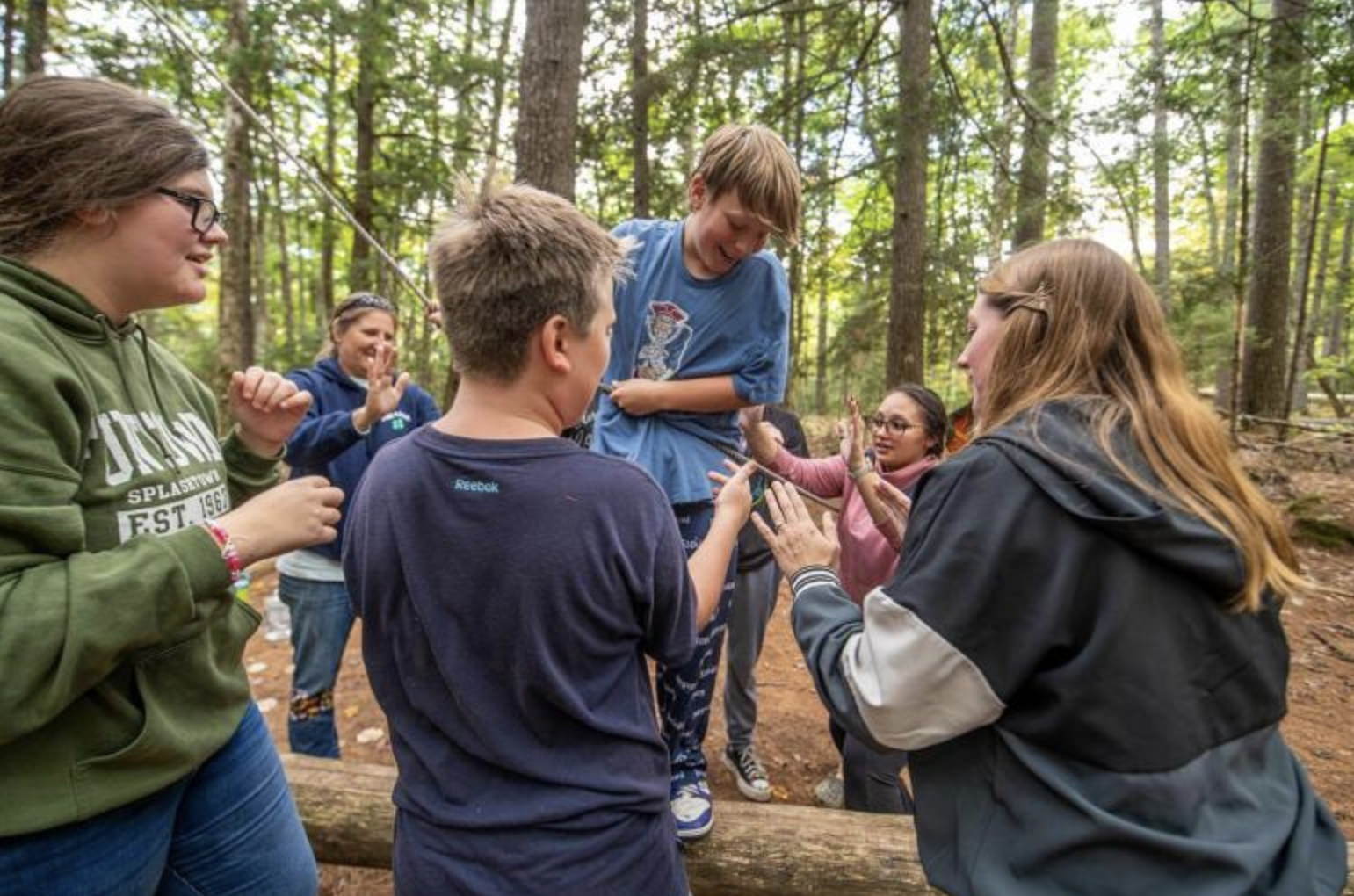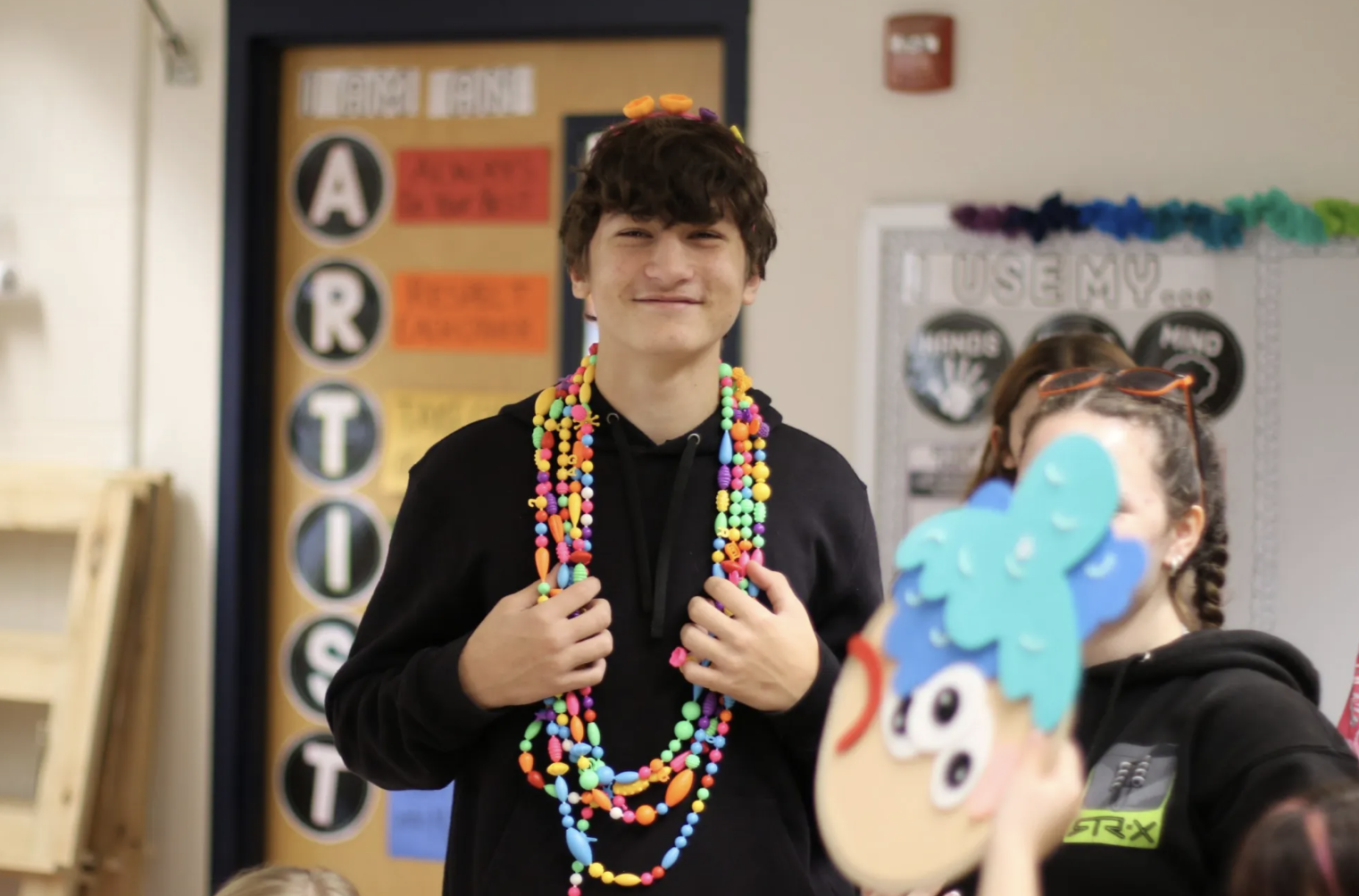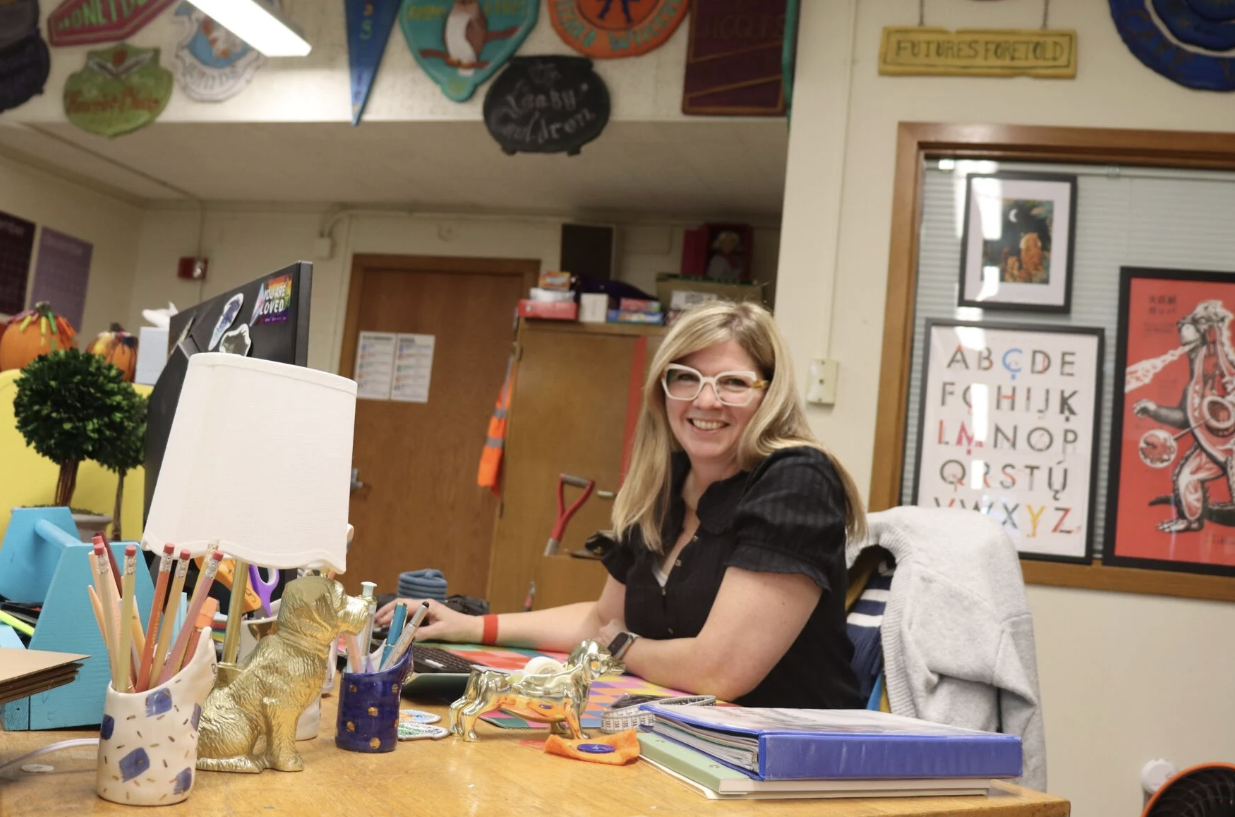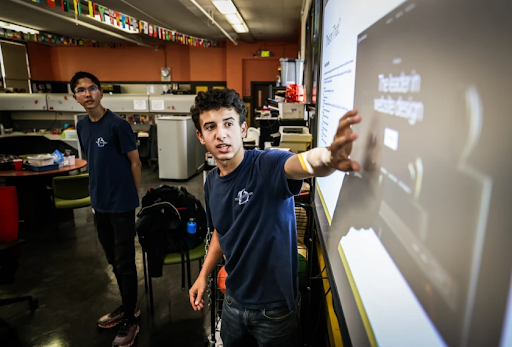Jump to: Top Tasks | From the Field | Key Resources | Moments of Resilience
It is week 192 of our new reality and we are thinking about how to build bridges between the world of schooling and the world of work.
“Friday mornings on a university campus are usually quiet times. Savvy students plan their schedules to avoid Friday classes, getting a head start on their weekends. But at Brown University’s Center for Career Exploration, there’s a steady stream of visitors, checking out jobs and internships, meeting with advisers and occasionally stopping on the way out to scoop up a few pieces of hard candy from the bowl on the reception counter. In the multistory office, steps from the university’s main quad, everything is brand new, from the furniture to the stenciling on the window to some of the staff,” Jon Marcus writes for the Washington Post.
“After a two-year planning process, Brown has revamped and renamed its career center and is more than doubling its number of advisers, from 13 to 28. It’s an example of the new attention being devoted to career services by universities — even top universities, whose students probably won’t have trouble finding jobs — as demand from students and other consumers gets louder for a tangible return on the investment in a degree.”
SUBSCRIBE
It’s an area of investment that is also long overdue in American high schools as well and deserves to be a key element of the education systems of the future. As we wrote in Believe in Better: American students deserve a “clear path to the career you choose. It’s about finding your fit and your pathway to a meaningful life” which will require a renewed commitment to helping students find the internships, apprenticeships and work-based study programs they need to get ahead.
Last week we looked at the student attendance crisis and dove into what science tells us about community organizing as a core advocacy strategy. This week we look at the effort to rein in cellphones at school and spread the good news about charter schools.
TOP TASKS
Set a New Year’s resolution on cell phones
“Like many exasperated parents, public schools across the United States are adopting increasingly drastic measures to try to pry young people away from their cell phones,” Natasha Singer reports for the New York Times. “Tougher constraints are needed, lawmakers and district leaders argue, because rampant social media use during school is threatening students’ education, well-being and physical safety.”
Singer notes that increasingly, districts across the country are banning student cell phones during the school day, including in South Portland, Maine and Charlottesville, Virginia, with the pace of bannings expected to pick up in 2024. A model others may look to follow: a new, bipartisan law in Florida that is among the most stringent yet. “The new Florida law requires public schools to prohibit student cell phone use during instructional time and block students’ access to social media on district Wi-Fi. It also requires schools to teach students about ‘how social media manipulates behavior,’” the Times reports.
Florida’s policy efforts build upon a growing drum beat among education leaders, including Doug Lemov, a friend of this Roundup. Lemov pulled no punches in an essay he contributed last year to Education Next, writing: “There is, in other words, a clear post-pandemic imperative for schools. The first step in responding to the dual crisis of learning and well-being is to set and enforce cell-phone restrictions. An institution with the dual purpose of fostering students’ learning and well-being cannot ignore an intruder that actively erodes a young mind’s ability to focus and sustain attention and also magnifies anxiety, loneliness, and depression. Cellphones must be turned off and put away when students walk through school doors. Period.”
We should be clear-eyed about the challenge of securing these changes. Initial reactions from parents and students to the first implementation of Florida’s law in Orange County are mixed, with support from both groups toward bans during instructional blocks but frustration and even outrage at the ban extending to free periods and the library. “‘They expect us to take responsibility for our own choices,’ said Sophia Ferrara, a 12th grader at Timber Creek who needs to use mobile devices during free periods to take online college classes. ‘But then they are taking away the ability for us to make a choice and to learn responsibility,’” Singer reports.
One of the major policy debates in statehouses over the coming decade will be how to restrict technologies that are taking away from learning while still leveraging the benefits from new technological innovations. And with reporting on the major advances taking place in AI and machine learning this week, it’s likely that the contours of this debate will come into sharper focus sooner than any of us expect.
THE TASK OF THE WEEK IS
Spread the word: charters are (still) working
With all of the excitement over access to new models and pandemic-era innovations–from tutoring programs to microschools to through-year assessments–the charter school sector has found itself out of the central spotlight. Yet the charter sector continues to hum along, improving outcomes for kids.
The latest confirmation of the positive role charter schools are playing in American education comes courtesy of Chad Adelman in The 74 Million, reporting on a recent study of Indiana charter schools. “Public charter schools are more productive than traditional school districts in terms of their ability to translate a given level of investment into math and reading gains for students,” he ledes.
That study compared the average increase in student lifetime earnings for each dollar invested into the school system. In traditional public schools, students increased their lifetime earnings $3.94 for every public dollar invested. In charters, that number was $6.25, a nearly 60% increase.
Adelman explains further: “Consider the case of Indianapolis, which had the biggest charter school advantage of the nine cities in the study. Its charter schools spent nearly $8,000 less per pupil than the local district, and yet students in Indianapolis charter schools made faster progress in reading and math. In Indianapolis, every dollar spent on charters returned 106% more than the same amount invested in the city’s traditional public schools.”
It’s yet another reminder that as we chart a path to the future of American education, public charter schools have a central role to play in making that vision a reality. As Jed Wallace puts it in a new article for Education Next: “Perhaps the most striking feature of the charter-school movement over the past half-decade has been its sheer staying power … the latest chapter of the charter-school story confirms that the movement has become that rare, perhaps unique, facet of education reform that just keeps on keeping on.”
THE TASK OF THE WEEK IS
FROM THE FIELD
50CAN President Derrell Bradford spoke at Harvard’s Kennedy School on the future of charter schools and school choice.
The NewMexicoKidsCAN team joined Senator Crystal Brantley’s Legislative Symposium in Truth or Consequences, New Mexico–and yes, that’s the real name of the city–last week. Participants joined the Senator to preview the upcoming legislative session, with the NewMexicoKidsCAN team selected to present on the education sector. The team also has a new episode of their podcast, New Mexico Rising, up and ready for a listen.
In partnership with the National School Choice Week Awareness Foundation, both HawaiiKidsCAN and GeorgiaCAN are hosting school choice expos to help connect parents with information about the educational options available to their families. Both GeorgiaCAN’s Atlanta School Expo and HawaiiKidsCAN’s Honolulu School Fair will be held on January 20, 2024.
Key Resources
Brookings is out with new research built from simulation data that finds unequal access to high-quality teachers can be addressed through increasing teacher mobility between schools and improving hiring practices.
AEI’s Rick Hess profiles Tutored by Teachers, an organization now boasting over 3,000 tutors who are making $40 for a one-hour session.
A new article in the Journal of Educational Psychology finds that students comprehend better with printed text as opposed to text consumed on a tablet or computer.
The winner of the Fordham Institute’s Policy Wonk-a-Thon is none other than 50CAN National Voices alumnus Alex Spurrier, who along with Bellwether colleague Amy Chen Kulesa, wrote on the promise and potential of AI for learners.
Urban Institute finds that New York’s 2022 class-size bill will cost $1.9 billion, raise per-pupil student costs by more than 9% and will reduce funding equity for both low-income and students of color.
Congratulations to Emily Hanford and APM Reports. Their podcast “Sold a Story” was the second-most shared podcast on Apple in 2023 and was featured by Time as a top 10 podcast of 2023.
A new article in the journal Intelligence finds that countries with higher math scores than reading scores also had higher levels of economic growth.
New America examines who believes and who is skeptical of higher education’s promise to improve both income and quality of life, with polarization playing a part but not in the ways you might expect.
Moment of Resilience
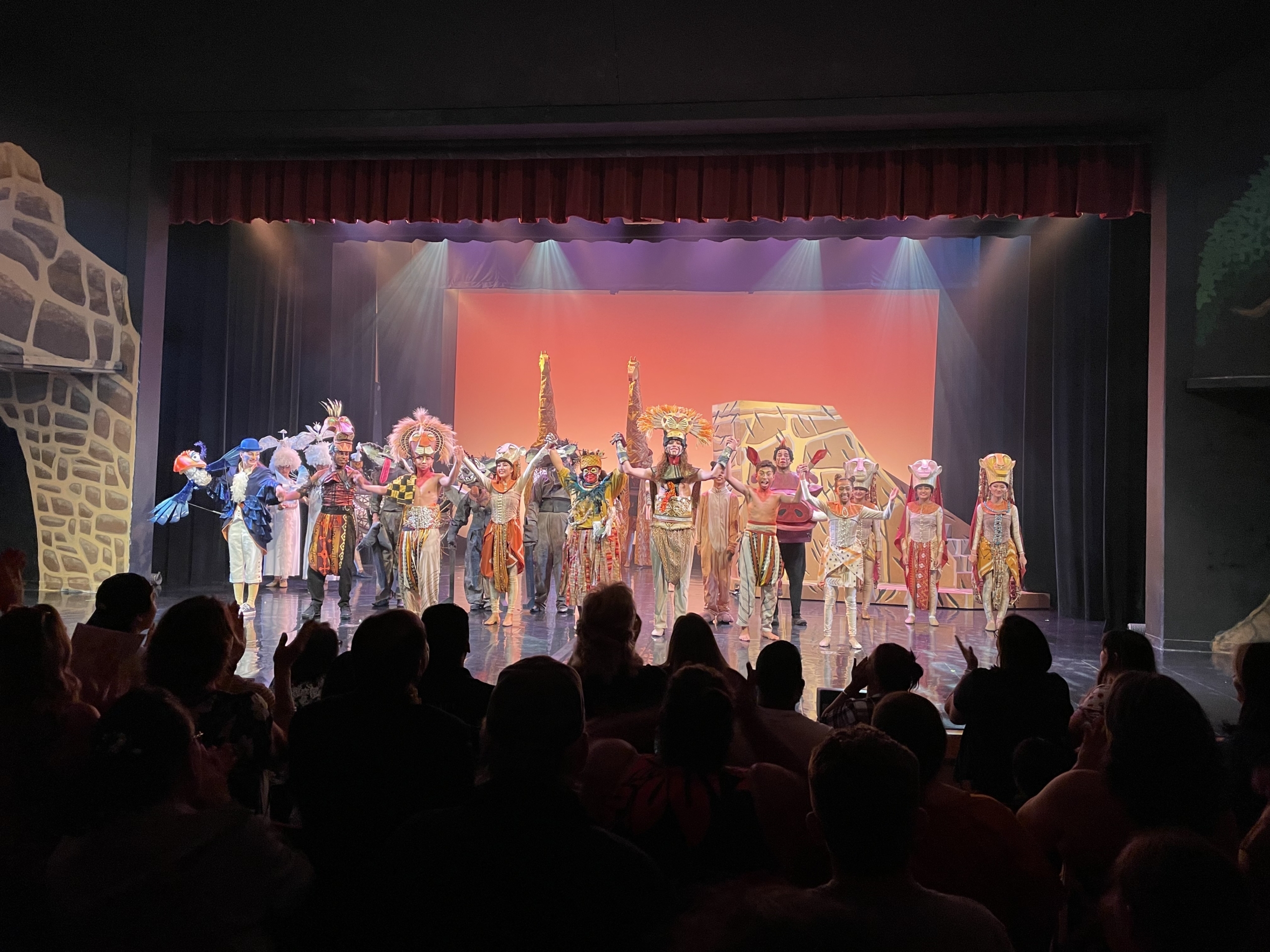
The St. Louis Performing Arts Center and Mo’olelo Studios–a local performance group based out of the St. Louis School on Oahu–held a student performance of the Lion King Jr., with the students generously selecting HawaiiKidsCAN as the beneficiary of all ticket revenue. Thank you to the center and Hakuna Matata to these incredible performers!


